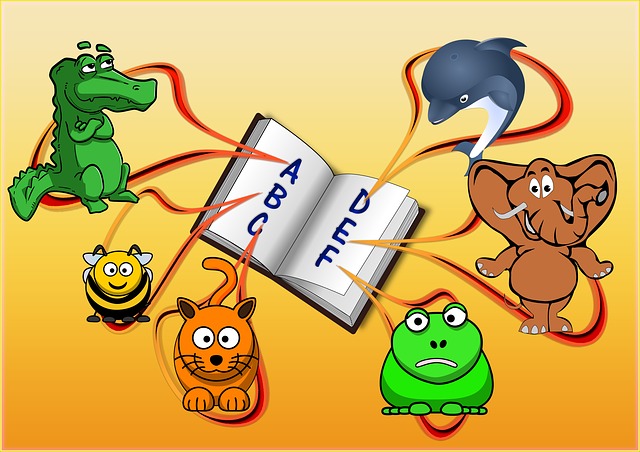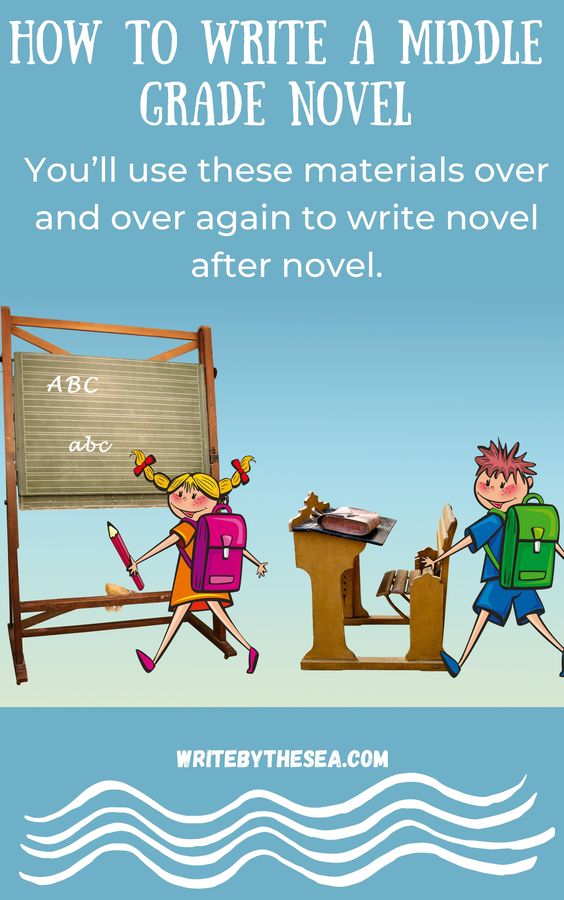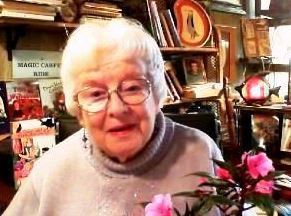by Nancy I. Sanders
We had a new tile floor put in a few years ago.
During the process, I was amazed at the number of similarities it had with the journey it takes in writing a picture book.
 The Idea Stage
The Idea Stage
My husband Jeff and I walked into a local hardware store for new light bulbs and stopped in our tracks.
There on display, was new tile that looked like wood.
Instantly we both were inspired with the idea of putting this “wood look tile” in our living room where our 11-year carpet was worn out.
That’s like an idea for a picture book.
It can suddenly hit you from nowhere!
You see something, you hear a phrase, you get touched by a memory, and suddenly the idea for a picture book is born!
I remember the day I was looking through the book catalog for Sleeping Bear Press.
I realized they had alphabet books on a lot of topics but none yet on African American history.
The idea for my nonfiction picture book, D is for Drinking Gourd: An African American Alphabet, was born.
The Investigation Stage
Jeff and I purchased three different samples of tile to take home.
We also studied the market on this product and visited two other hardware stores to examine their wood like tile, bringing three more samples home.
We spread the different pieces out on our floor to study them.
We moved the pieces around and looked at them from different angles.
We invited friends and family to give feedback on which they liked best.
That’s like the investigation stage for a new picture book idea.
You study the current market of picture books to see how your idea might fit in.
You study different publishers who are currently publishing books in the same genre as yours would be.
You visit your local bookstore and public library on the hunt for samples of current picture books you can take home and study.
You might even discuss your idea with trusted friends or writing buddies and get their feedback.
I studied Sleeping Bear Press’s line of alphabet books.
I decided to target them for my idea.
I ordered in all their alphabet books I could find in my county library system and purchased a couple of favorites to really investigate.
I studied their alphabet books very, very carefully.
The Planning Stage
Jeff and I talked with a friend of ours who does tile.
We brainstormed ideas with him for a pattern we would like.
He came over and measured our floor.
With his numbers in hand, we calculated the price of the tile, material, and labor.
We started saving up and scheduling dates on our calendar for the work to be done.
That’s like the planning stage for a new picture book.
You determine the projected word count (under 800 words in today’s fiction market and sometimes longer for nonfiction).
You brainstorm ideas for the plot and structure of the story.
You schedule actual times on your calendar when you plan to sit down and work on your picture book.
I first e-mailed Sleeping Bear Press with a short pitch to ask them if they’d be interested in an alphabet book on African American history.
They were.
My next step was to develop an outline of potential topics to cover for each alphabet letter.
I sent this to them along with sample text for one or two of the alphabet letters.
They offered me a contract and I asked for a three-month deadline.
Even though I’ve written picture books much quicker than that, that’s the usual amount of time I need to research and write a nonfiction picture book that I feel will be of publishable quality in today’s market.
They set the deadline and I scheduled it on my calendar.
The Preparation
Our friend came over to start work on our floor.
To fit it in on my calendar, I had to cancel two writer’s groups, a family quilting day, and another event that were all going to meet in my home during that time.
For the first two days, our friend prepped the floor, tearing out old carpet, mending cracks, and marking where to lay the tile.
That’s like the preparation for writing a new picture book.
You have to choose priorities and cancel some commitments in order to really schedule in writing time for your new picture book.
You read picture books in your genre to prepare for writing yours.
You read research books and take lots of notes.
You fine-tune your outline and ideas for plot and structure.
When I started to write D is for Drinking Gourd: An African American Alphabet, I printed out a 3-month blank calendar and scheduled which days I would write content for which alphabet letter so I would be finished in time for my deadline.
I purchased several research books to add to my personal library on African American history.
I spent hours in research and adjusted my outline with new facts and information I discovered.
The First Draft
Our friend started to lay the tile.
It was fun to watch the new floor grow right in front of our eyes!
First, he put in all the tile from wall to wall.
It was so pretty to see the whole floor!
But it was still filled with lots of holes because he hadn’t yet put in any grout.
That’s like writing the first draft of a picture book.
You get it written from beginning to end.
But it still has lots of holes and gaps in it.
That’s because it’s a first draft.
It’s supposed to be incomplete and still need lots of work!
I wrote the first draft of D is for Drinking Gourd.
I took it to my critique groups and my writing buddies gave me feedback.
There were a couple of spots that just didn’t feel right even after I worked and reworked them.
So I kept reworking specific spots over and over and over again.
The Publishing Process
Our friend came and put in the grout.
It looked like he was all done…but he wasn’t!
He still had to cut and paint new baseboard and then nail it to the wall.
He had to do all the finishing touches to make it just right.
Once you submit your manuscript to the publisher, a whole new stage begins.
There are edits and proofs and cutting some text to replace with new and revised text.
An entire team of professionals in the industry steps in to help polish and hone the text until it’s the best it can possibly be.
I submitted my manuscript to my awesome editor Aimee Jackson at Sleeping Bear Press.
She had feedback for me to rework weak spots.
Fact-checkers checked my facts and proofers proofed the text.
Even the amazing illustrator, E.B. Lewis gave feedback and suggested different topics for some of the letters because he knew the new topics would be even better opportunities for great illustrations.
So I revised and rewrote some more.
Marketing
Finally, our new tile floor was done!
Yay!
But now we entered a new stage.
We had to move all the furniture back in!
I laundered table skirts and washed windows and dusted china cabinet shelves.
We called our son and his wife and they came over to help us move the big pieces.
It took us several days to get everything back in place.
That’s how it is with a picture book.
Once it’s published, a whole new stage begins.
It’s time to roll up your sleeves and help market your book.
When D is for Drinking Gourd came out, I hosted a month-long Virtual Book Tour!
I built a website for the book. (See it here at http://drinkinggourdalphabet.wordpress.com)
I did book signings and worked with the publisher to submit it for awards.
A teacher’s guide was made to help educators implement this book into the classroom.
Many people mistakenly think that writing a picture book is a snap.
They share their picture book manuscripts that only took them one day from start to finish to prove it.
Okay, I agree.
You can write a picture book in one day.
But if you want to get a picture book published in today’s competitive market, whether fiction or nonfiction, it takes time and it takes hard work.
It’s a journey well worth the effort, though.
A book is born and the world will never be the same
About Nancy I. Sanders


Don’t forget to join our mailing list.
Just fill in your name and email address, below:






